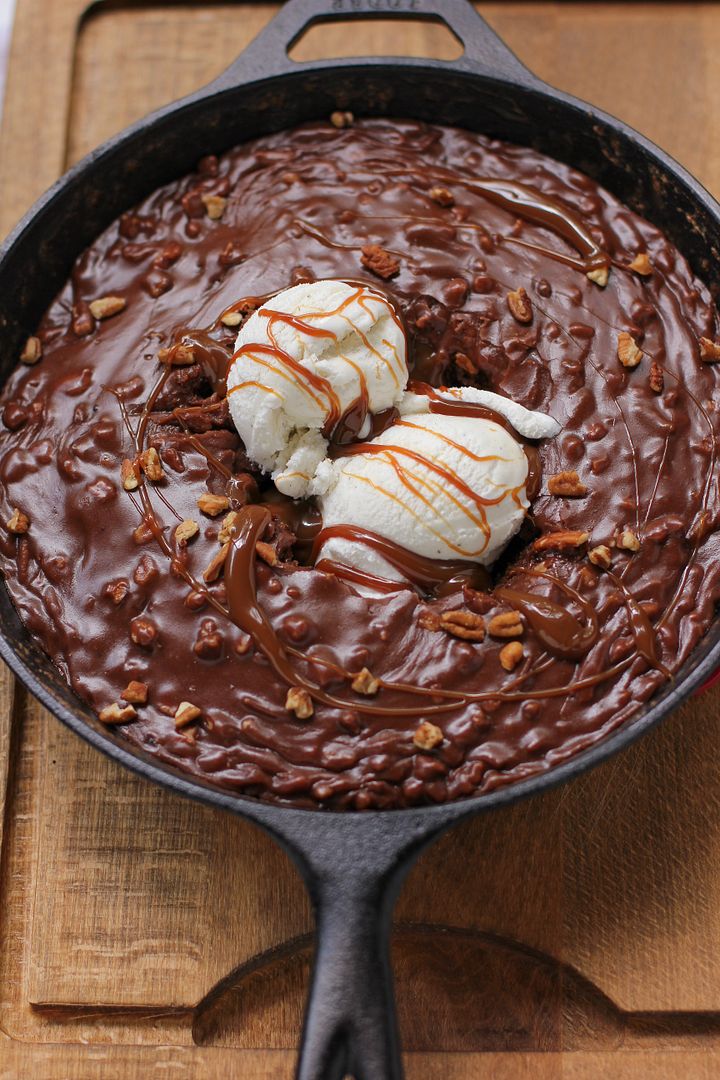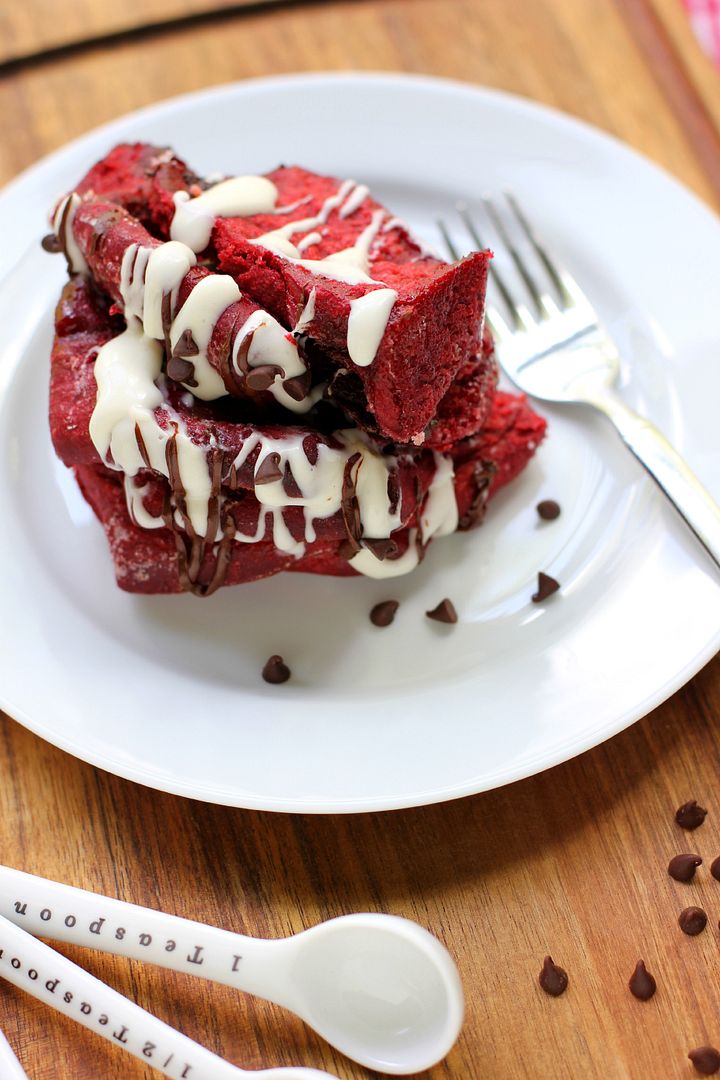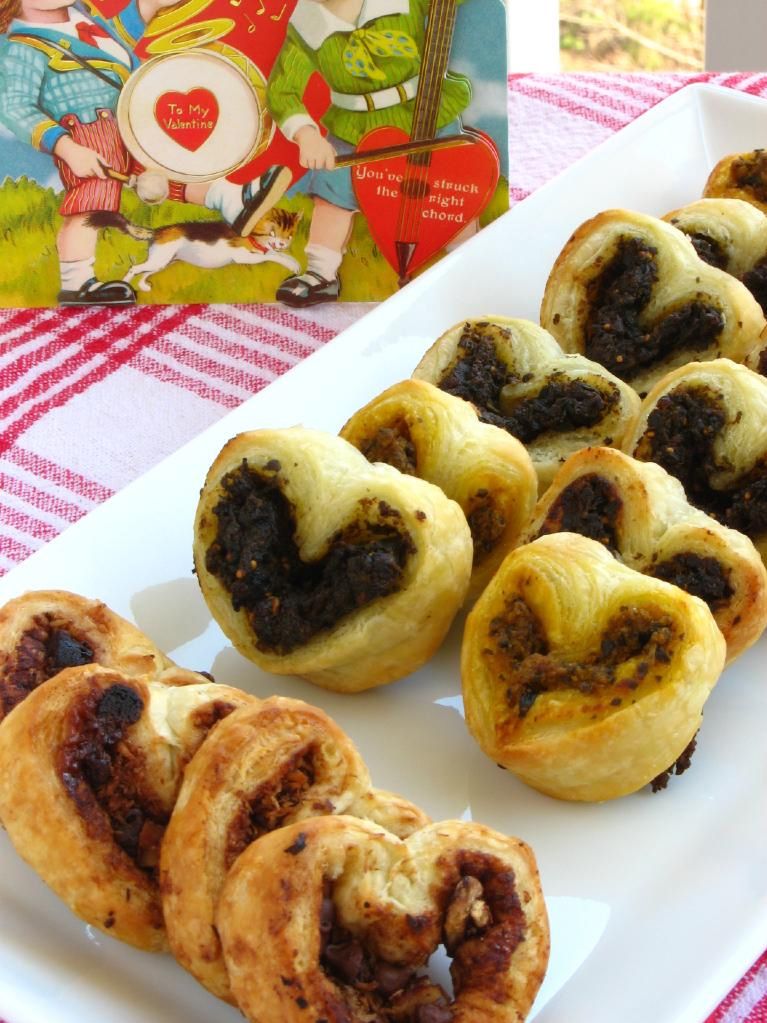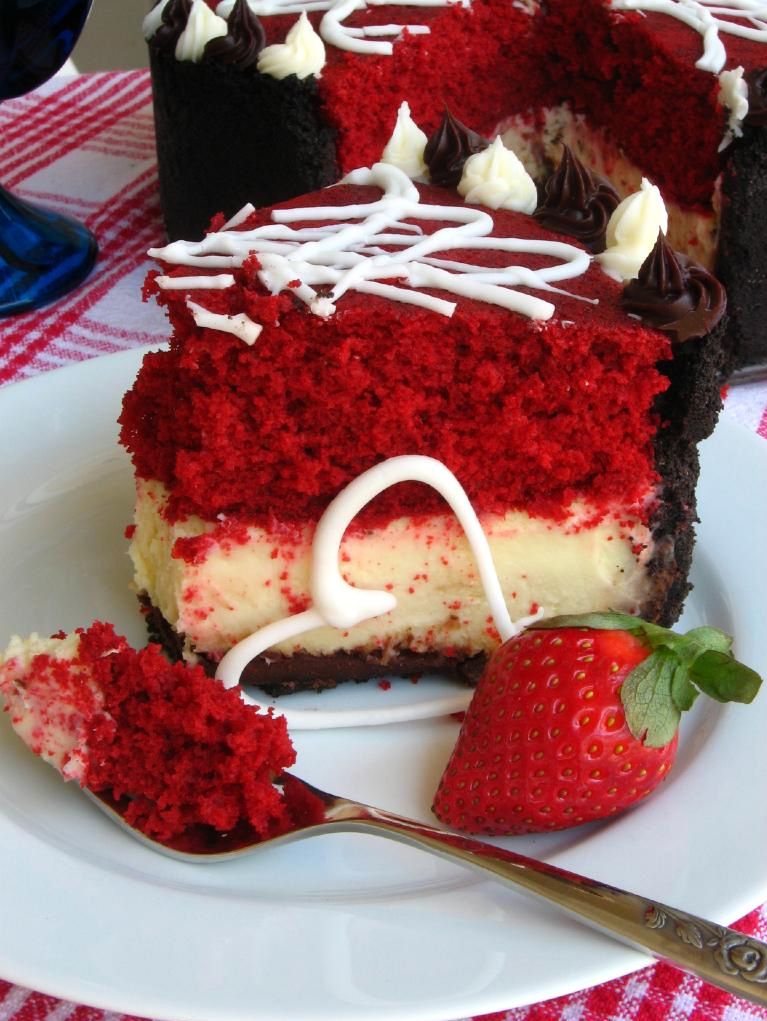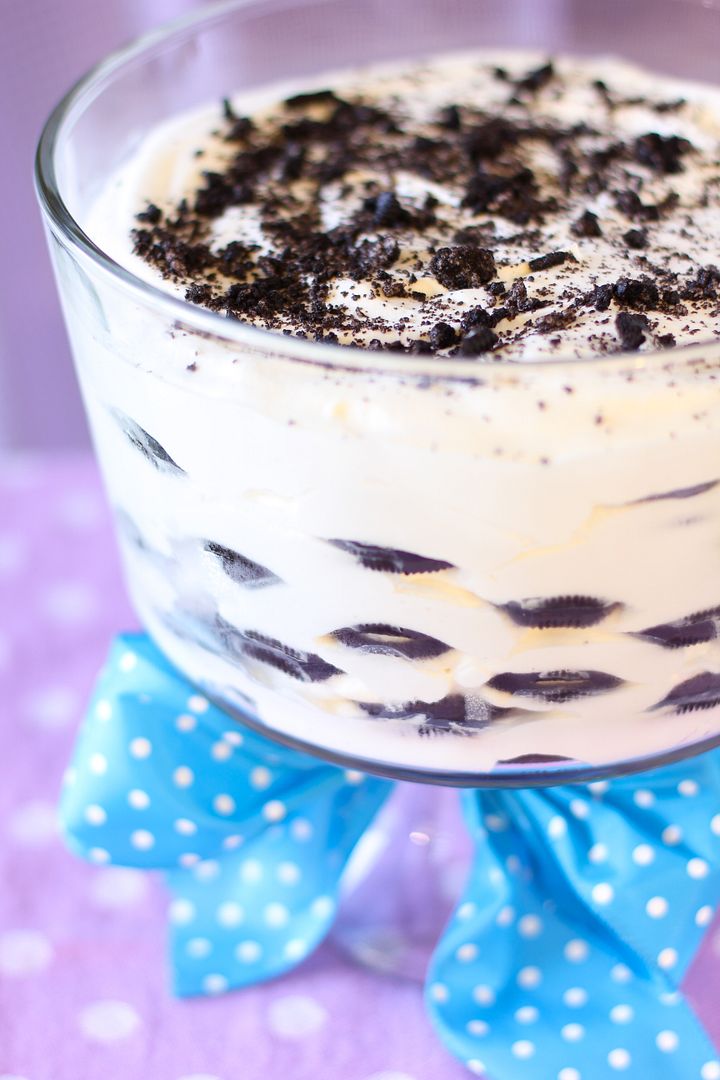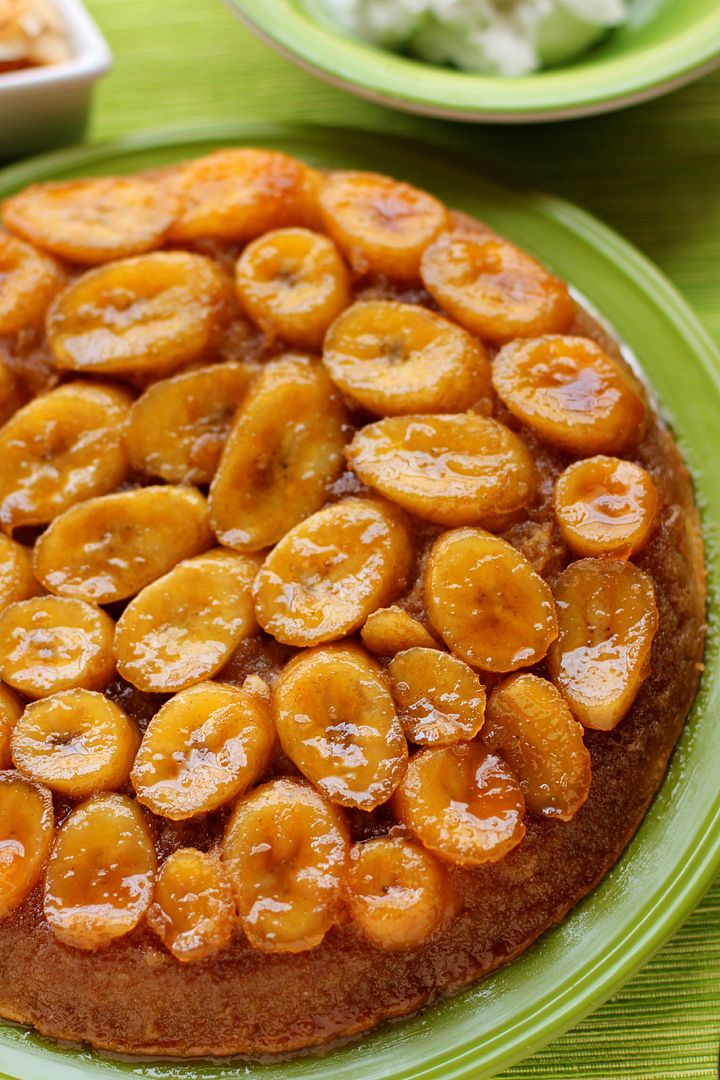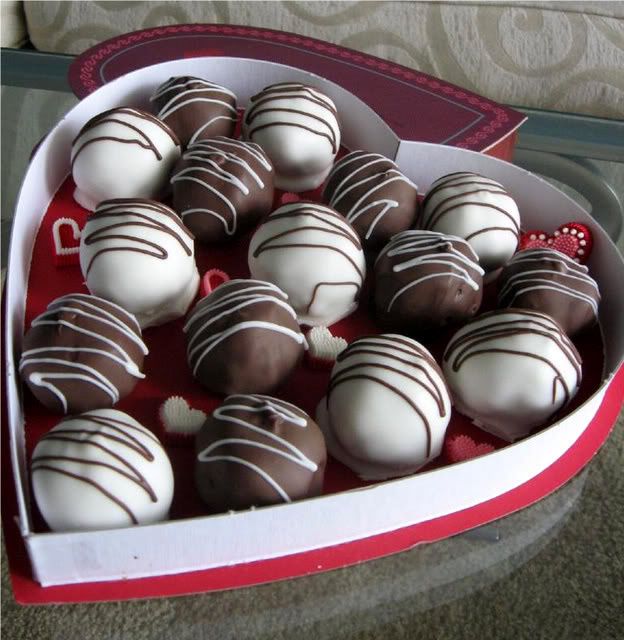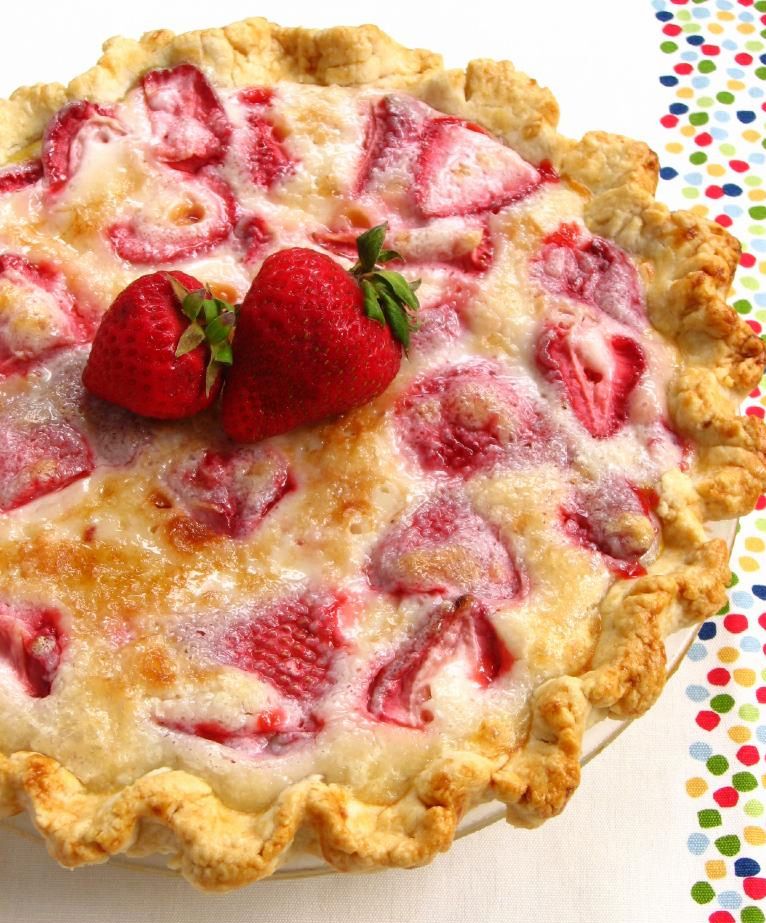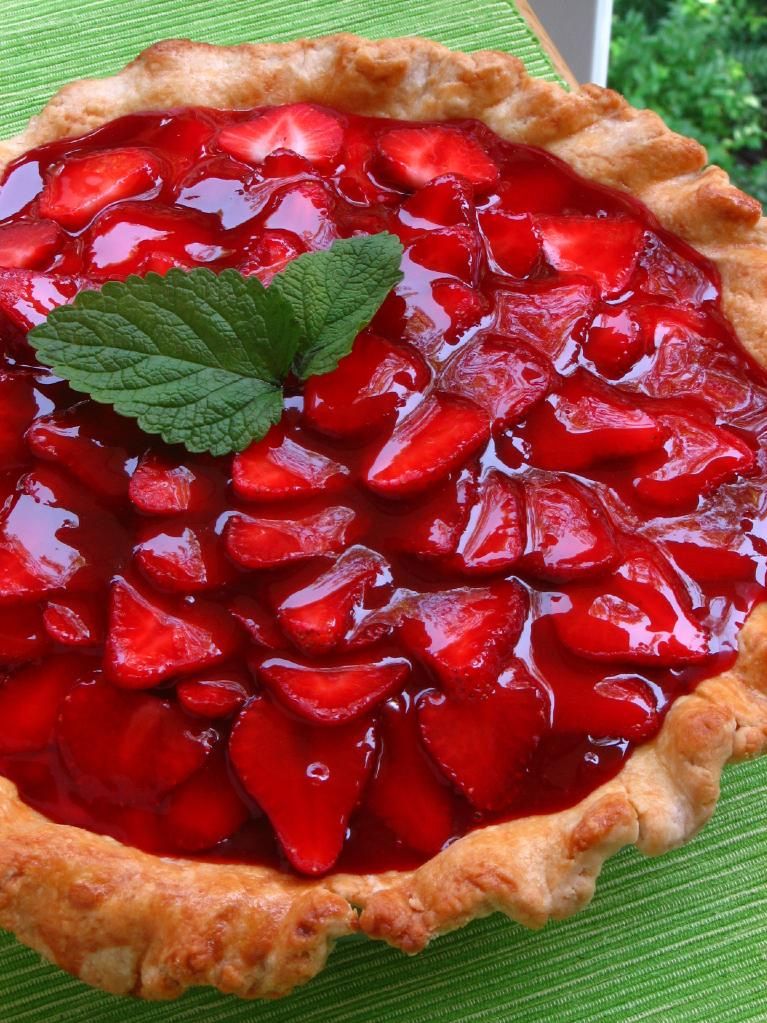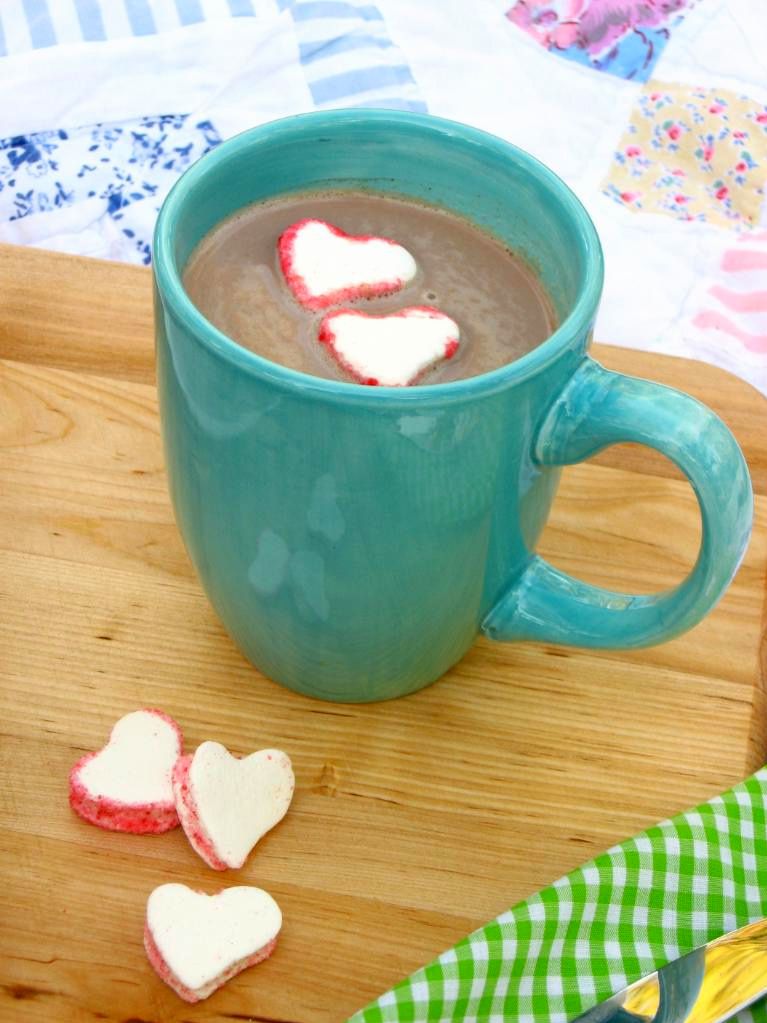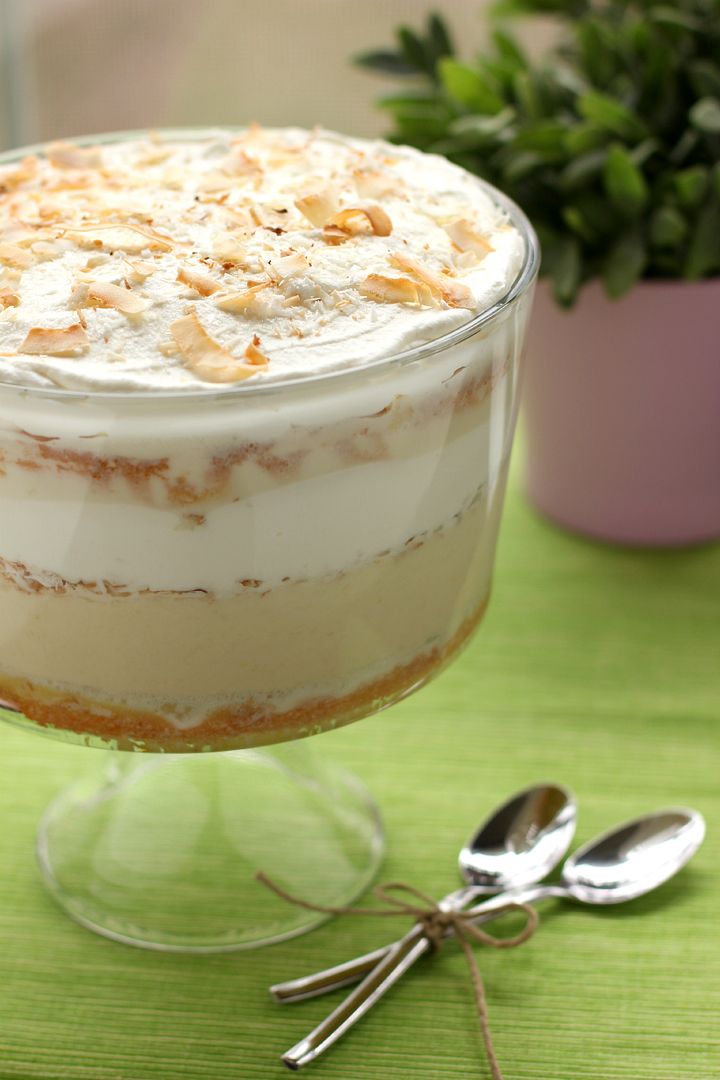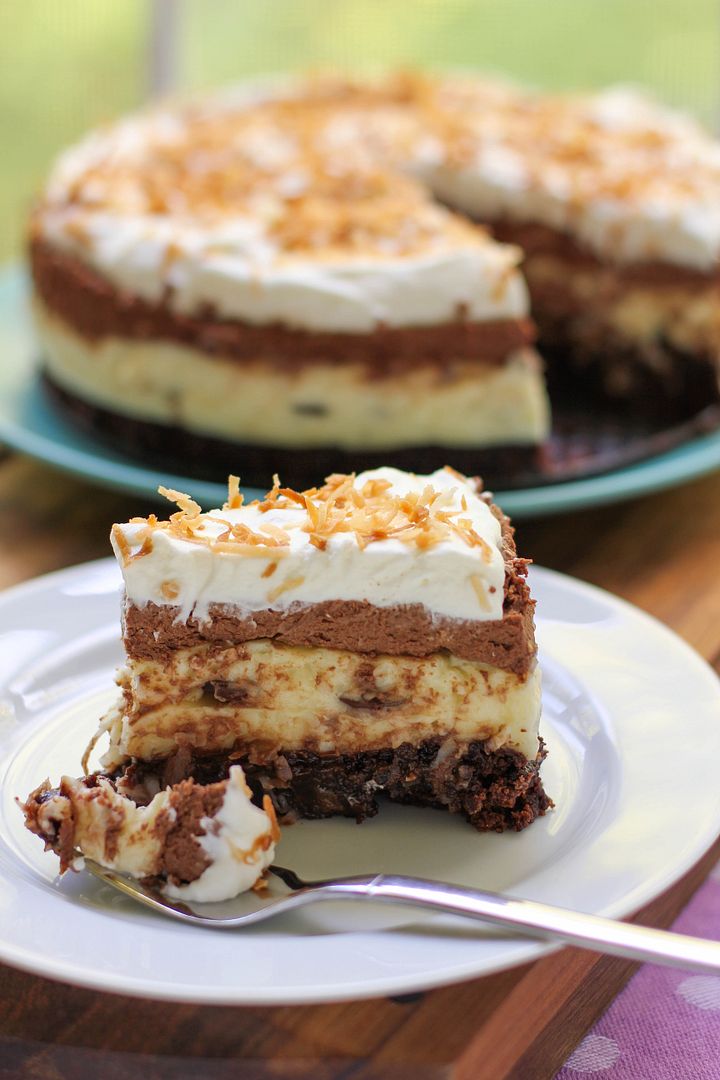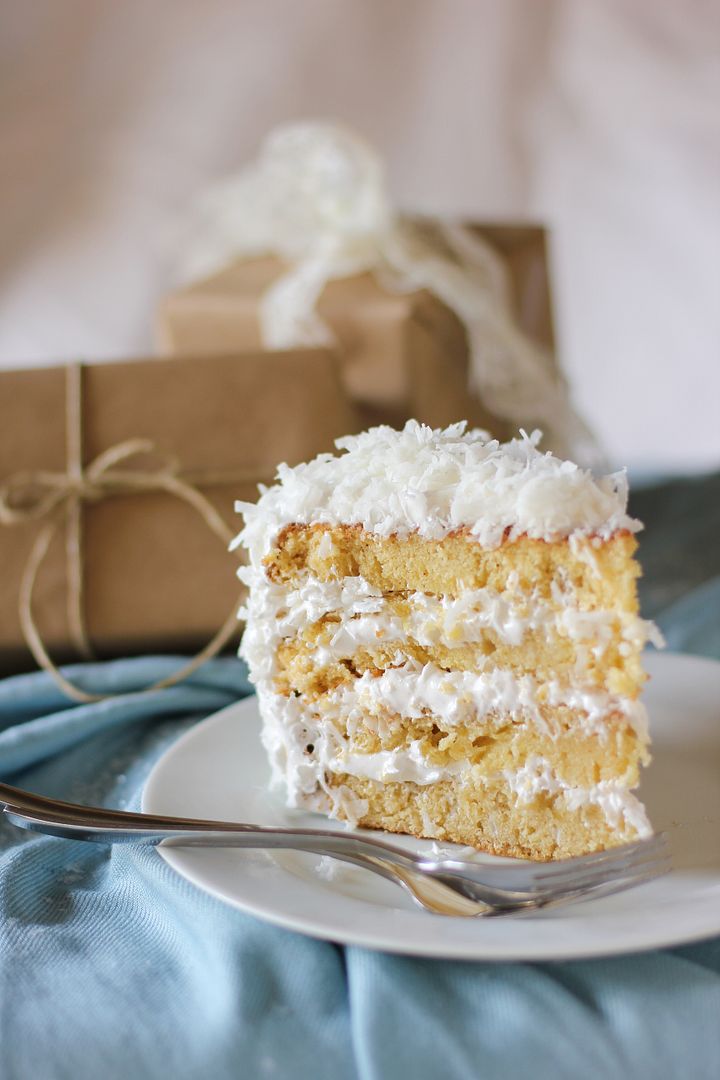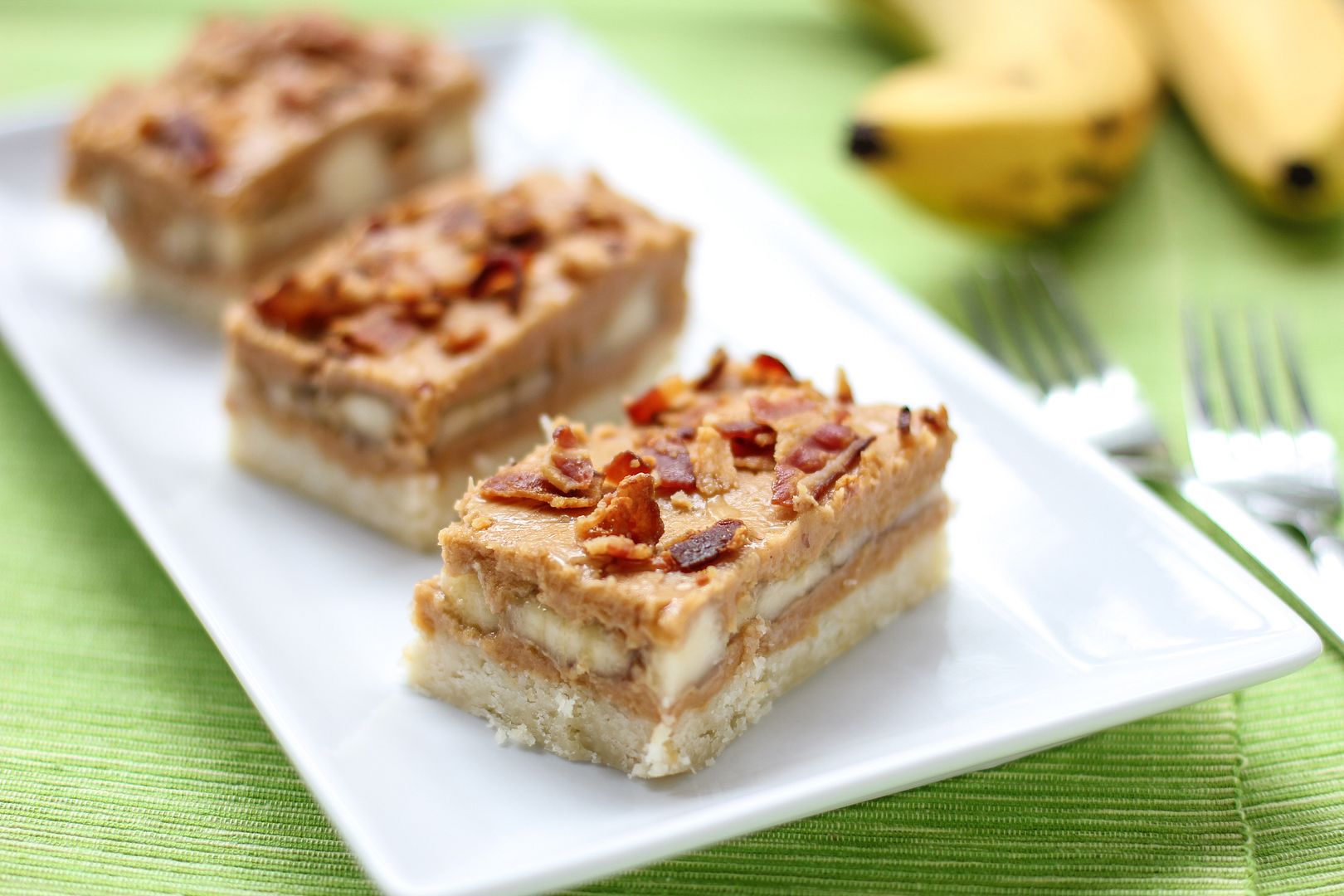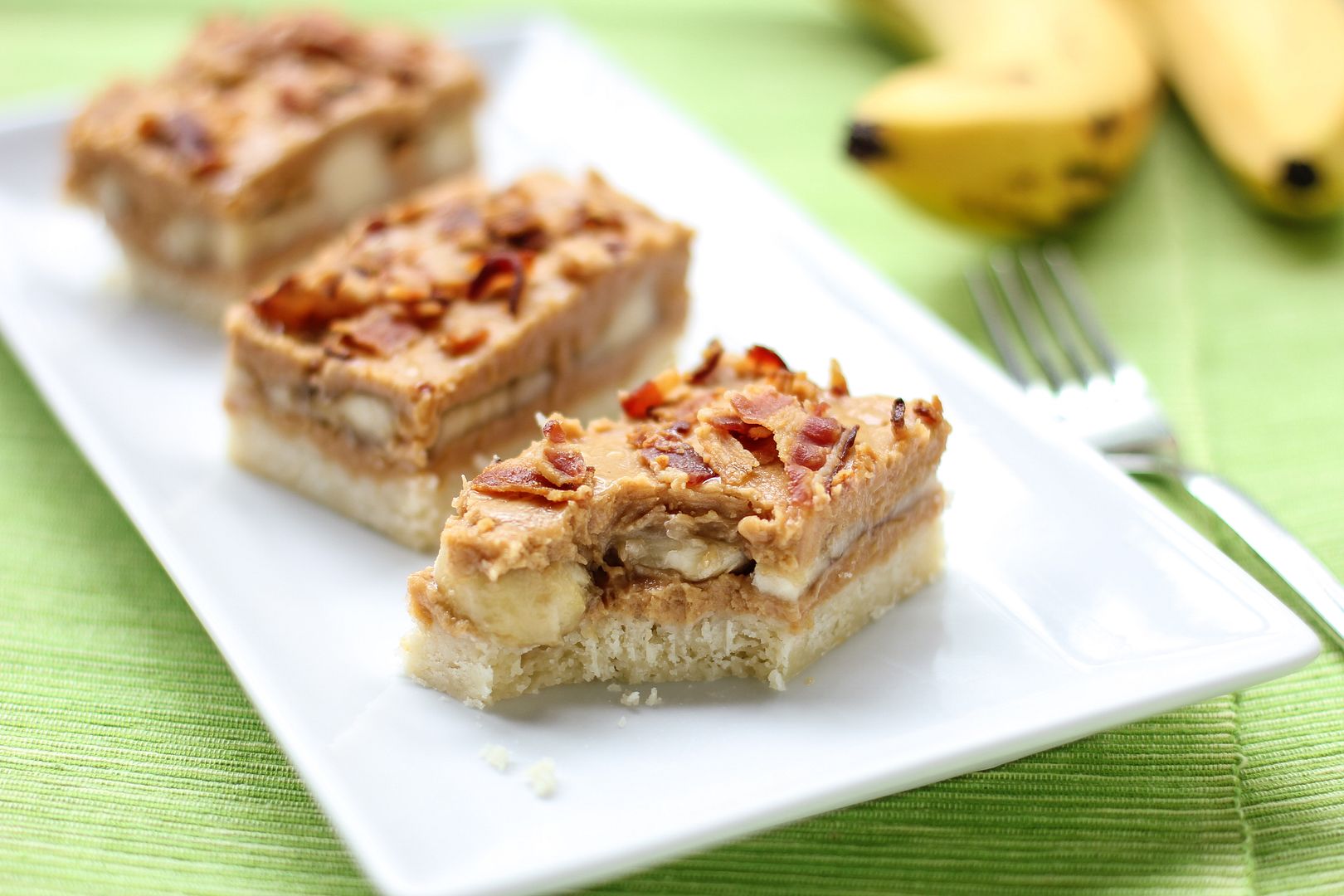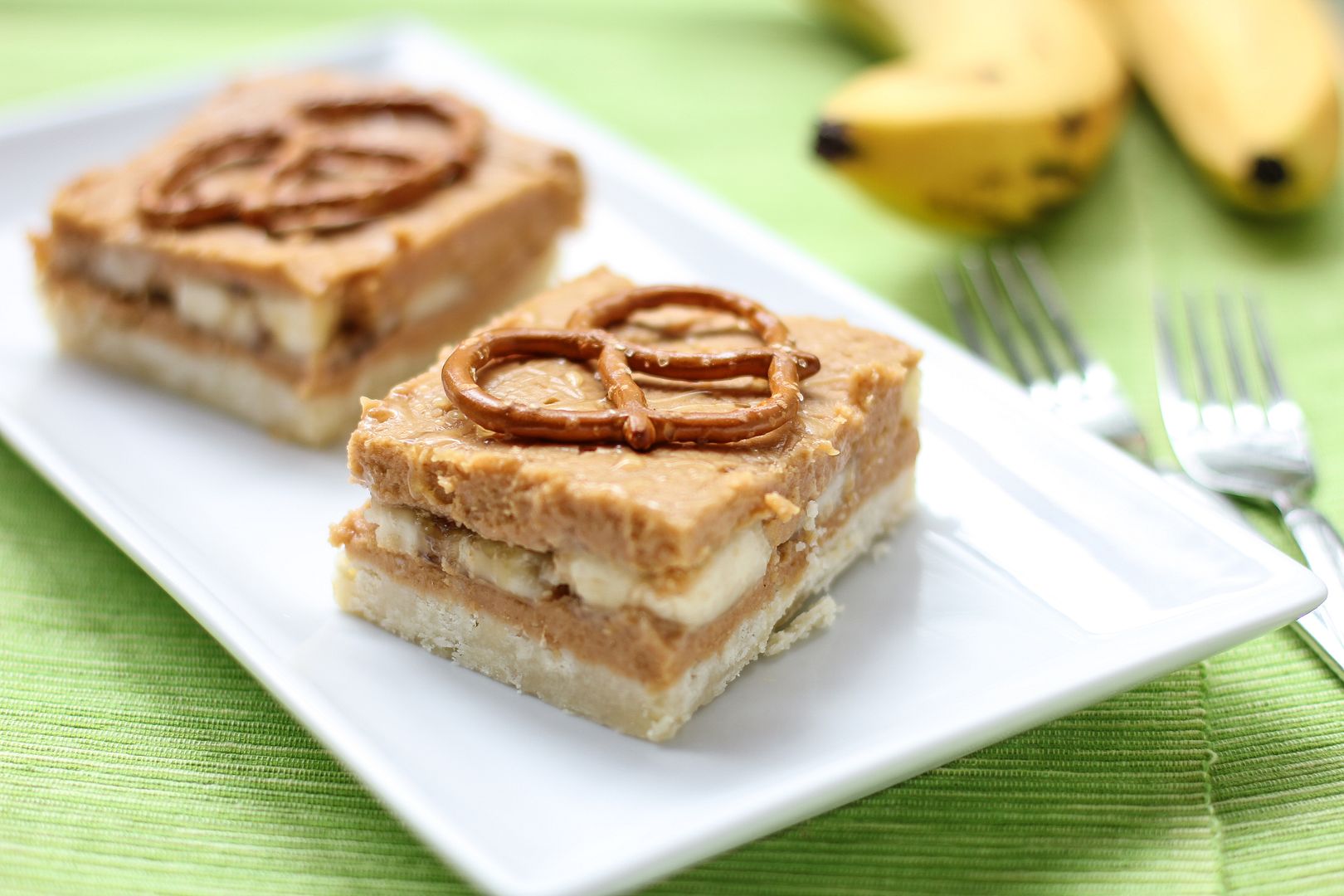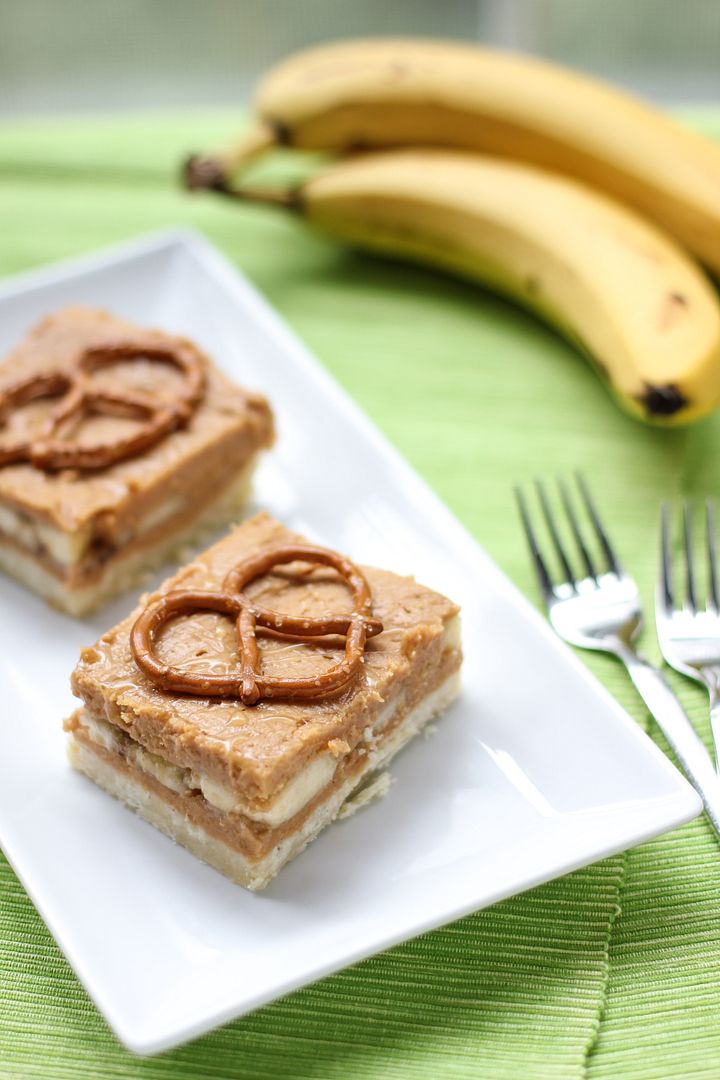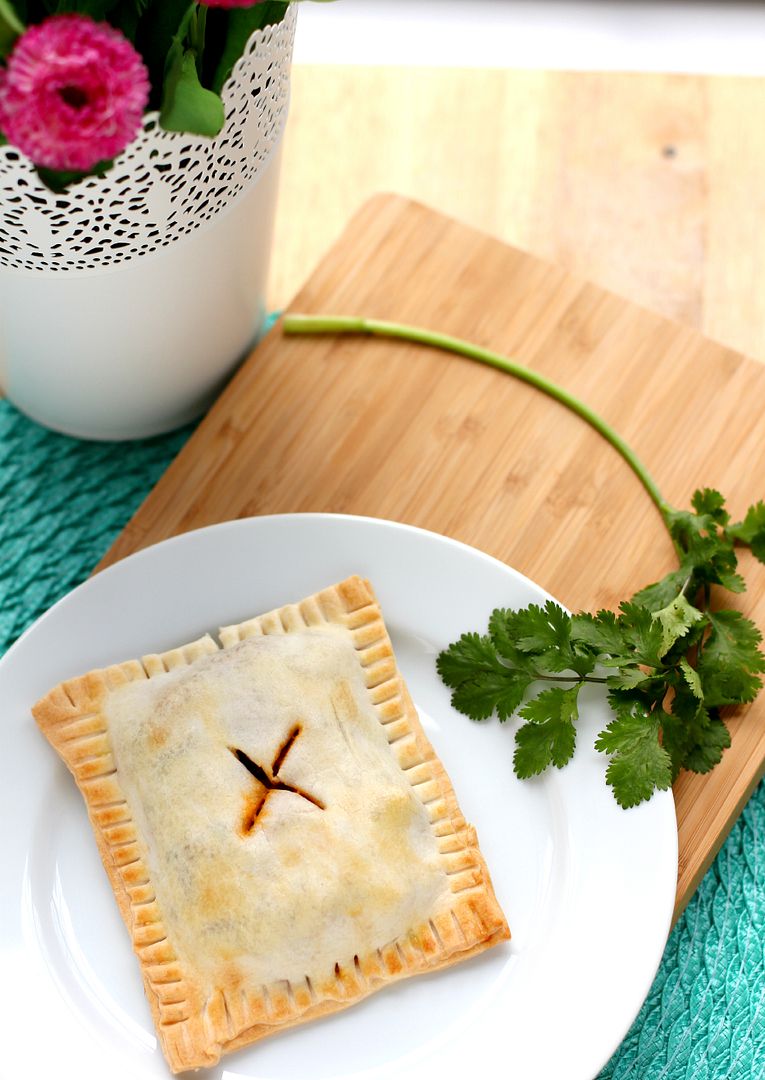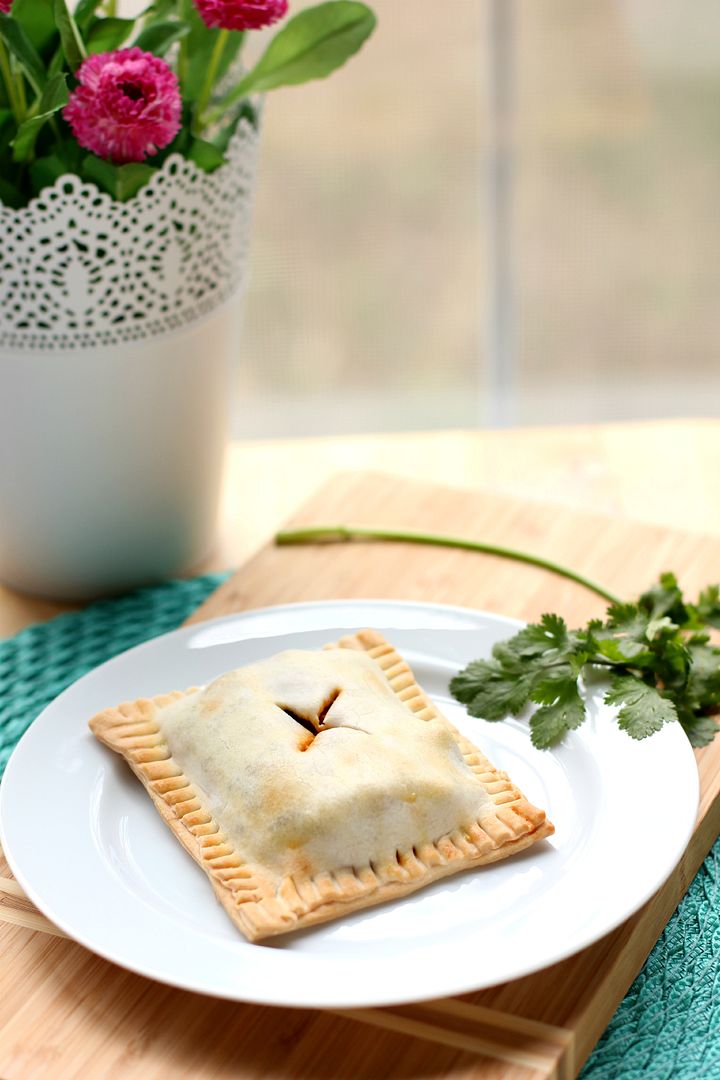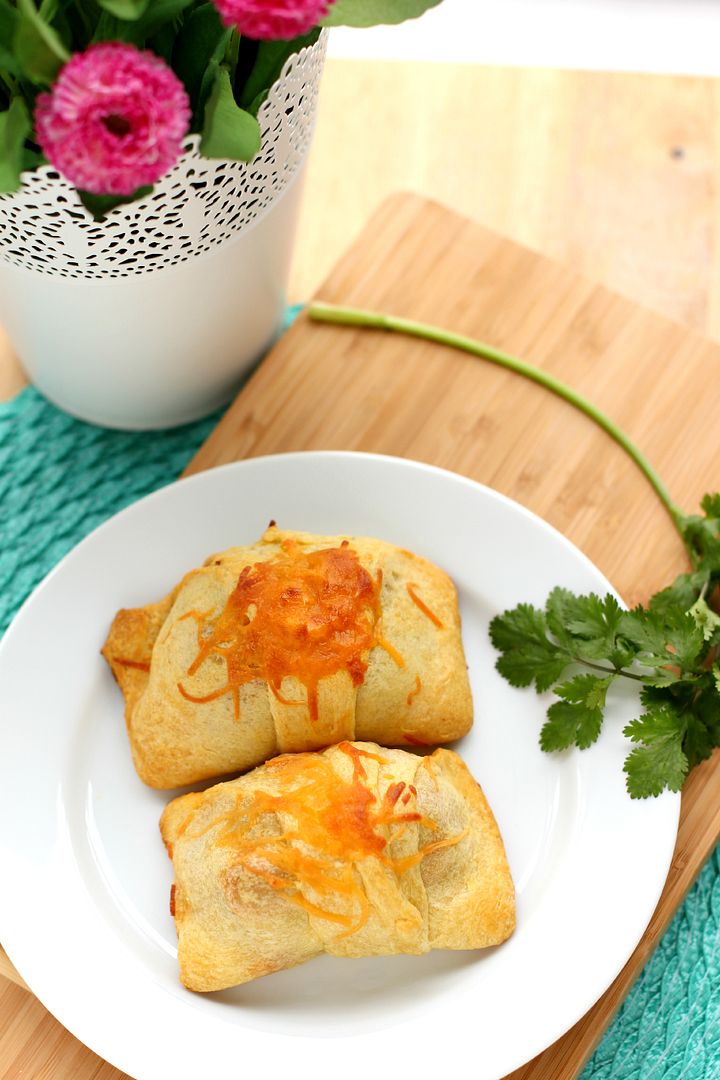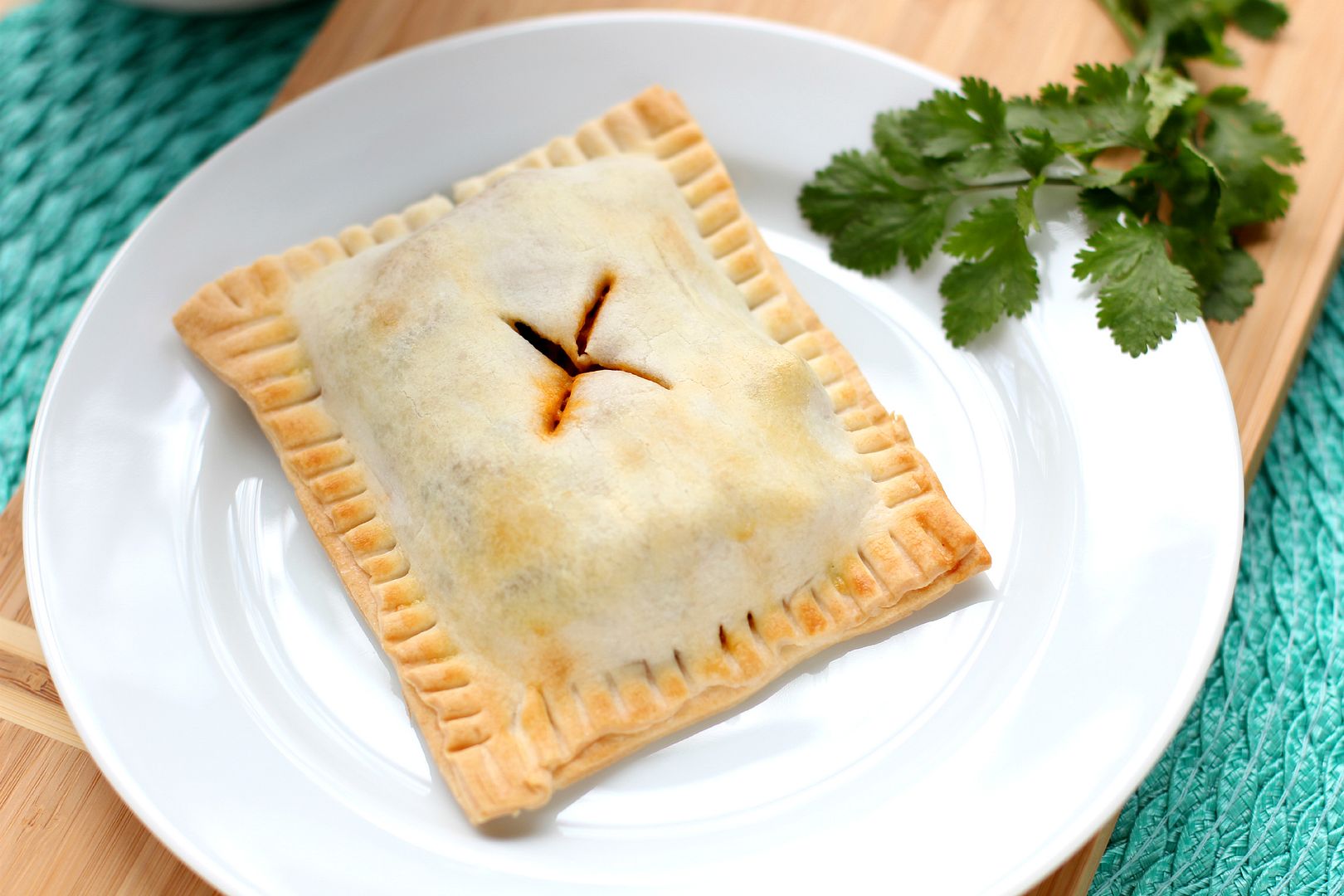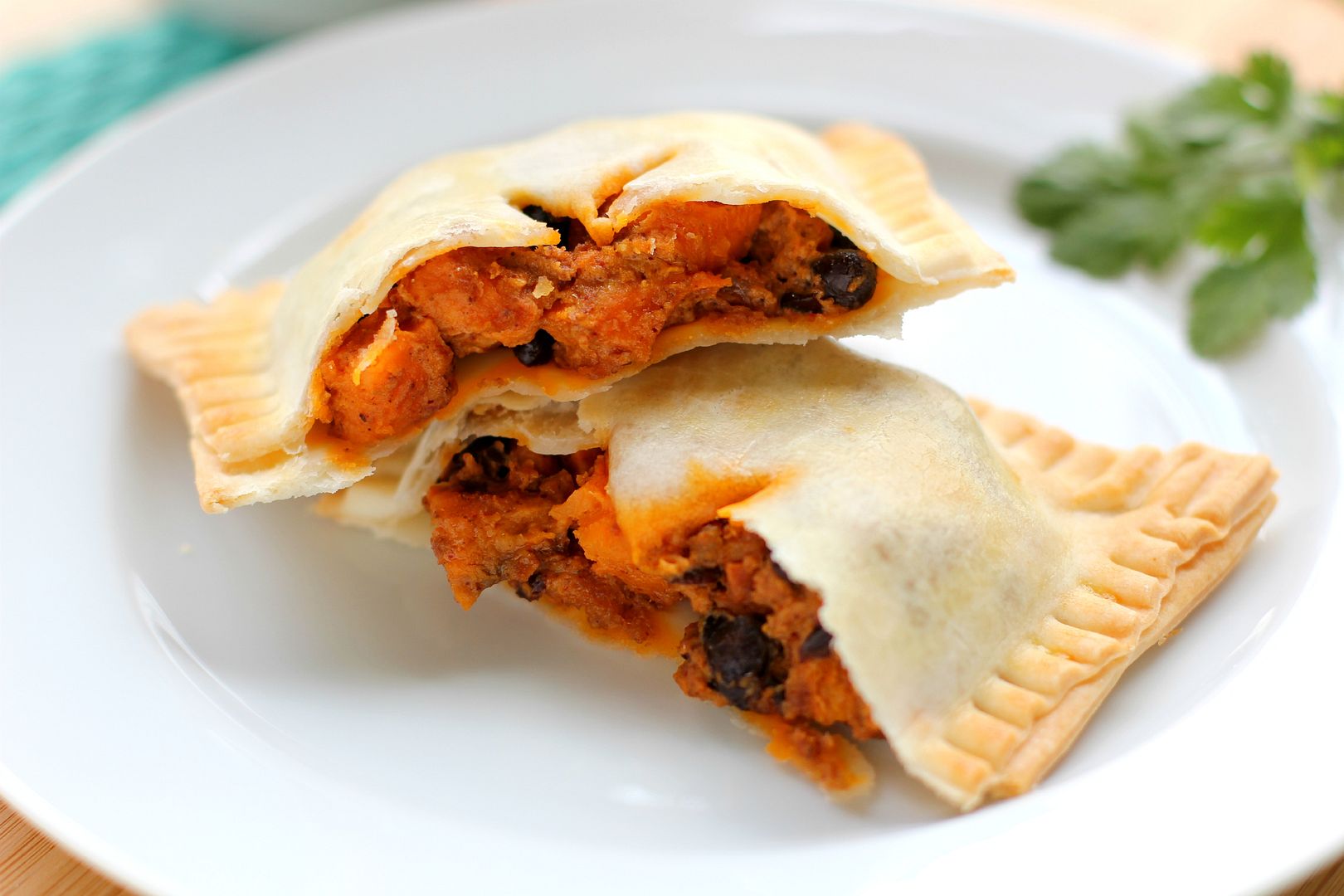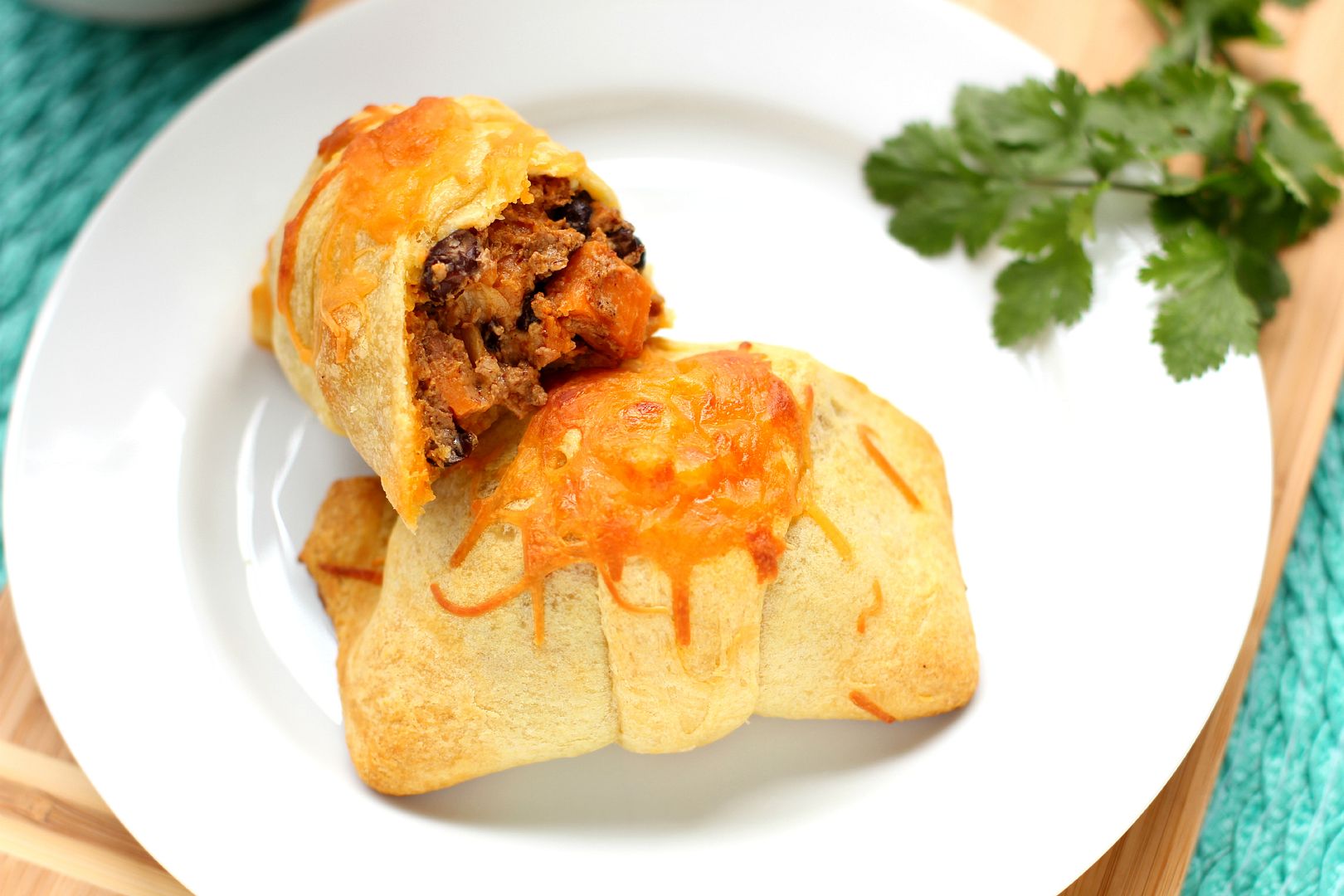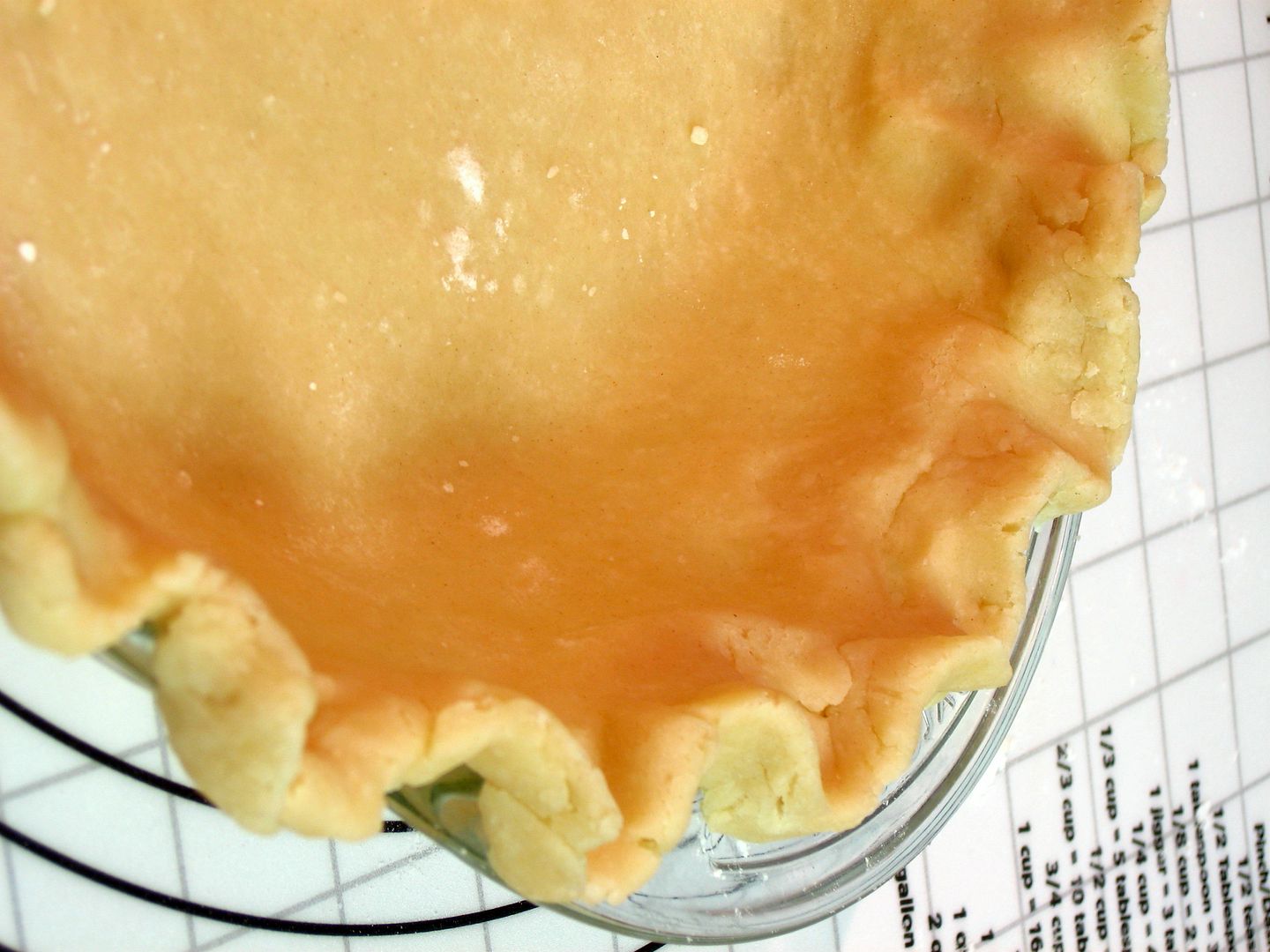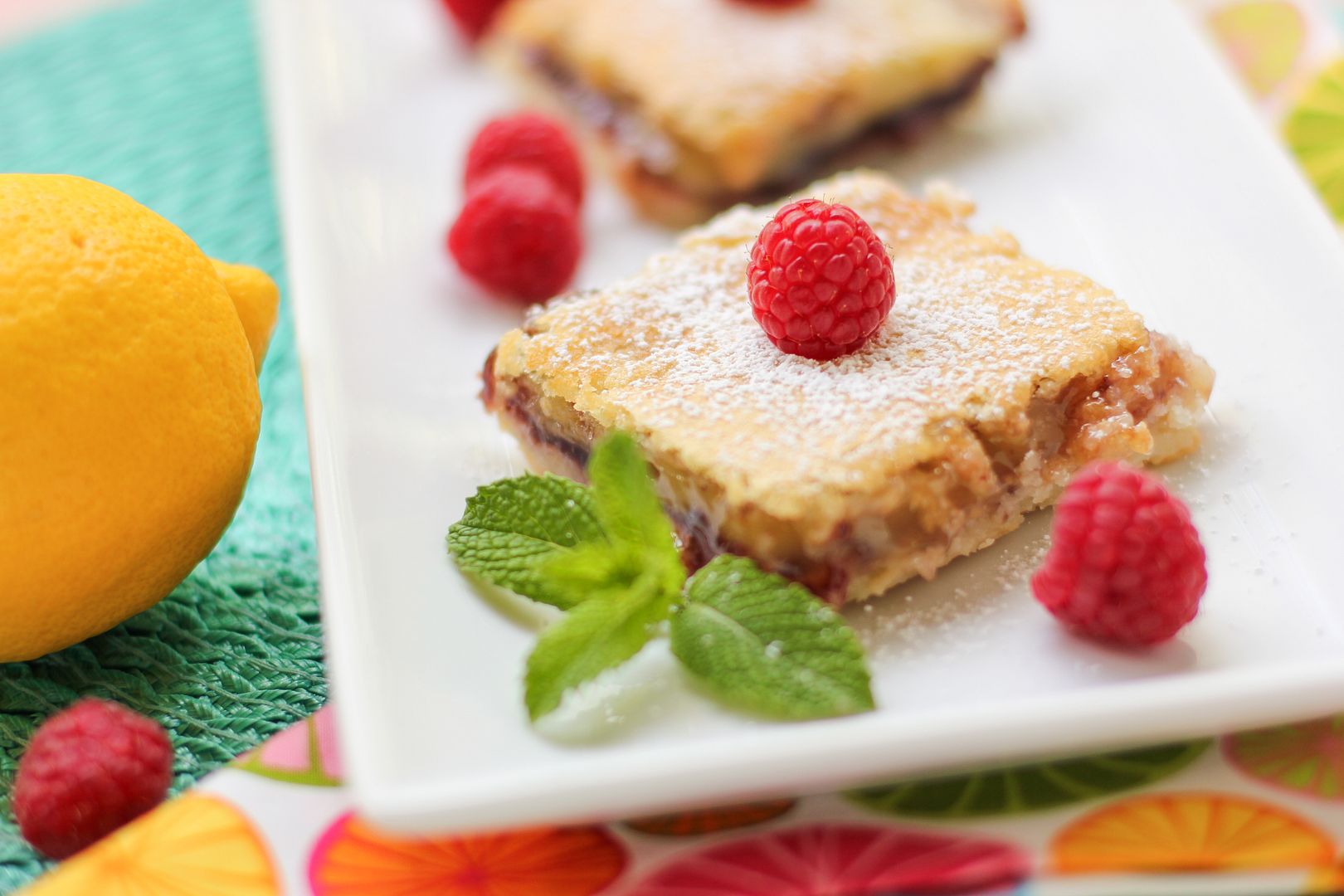
I know I said that sometimes you need to settle in and let the hard times wash over you like waves. And that’s true. You need to do this the most when you’ve been running like a hamster in a wheel, trying by virtue of your own power to get somewhere.
Other times, though — those times when you’re exhausted and overwrought — it’s okay to build a boat.
Not a canoe. I’m talkin’ a big, sturdy boat. And it’s okay to get in that boat and put on some headphones. And a blindfold. It’s okay to sing at the top of your lungs, to willfully drown out the sight, sound, and persistent pressure of the waves until you forget they exist altogether. We both know that someday you have to get out and face the ocean. But it doesn’t have to be today.
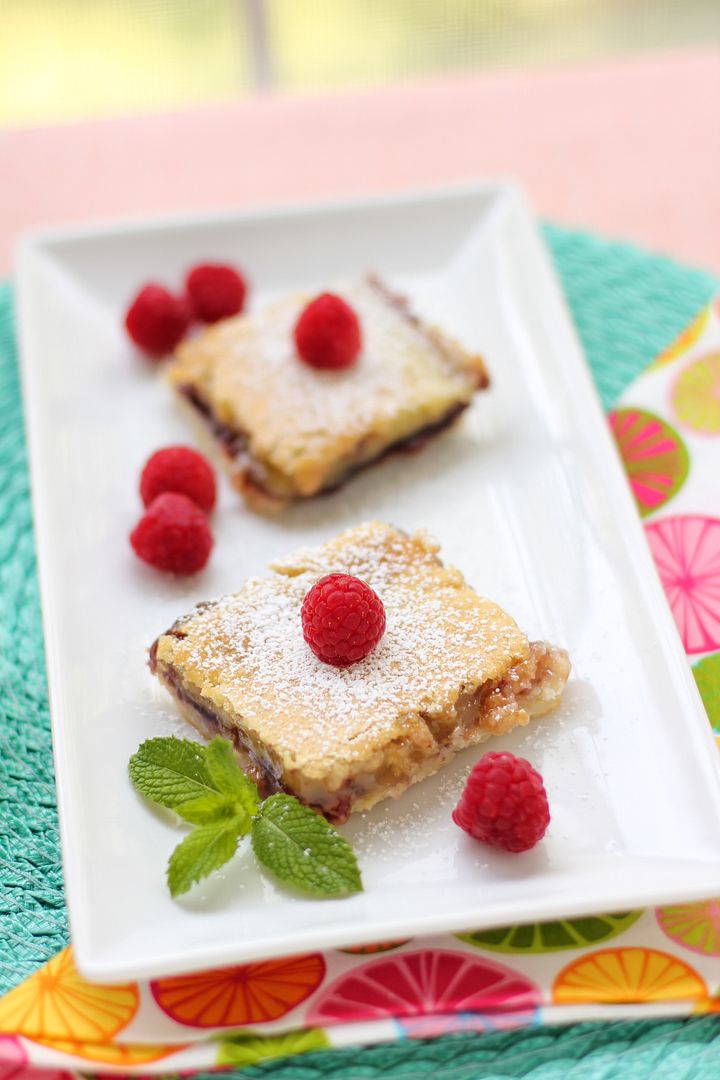
I recently asked you on Facebook to help me build a boat and distract myself from the waves. We shared funny stories on a hard day, and oh dear, you are a witty bunch! I thought I’d share my own funny story in more detail here, in case you need a distraction today. I present to you The Tale of The Wayward Underwear.
(Did I just lose my sponsors? Oh well. Anyway…)
Back in college, I had a sweet apartment above my professor’s garage (hi, Dr. Peroni). It didn’t have a full kitchen, but I hadn’t really started baking yet anyway. I made chili in my electric skillet, hot dogs in my microwave, and that was all I needed. That and The Fresh Prince of Bel-Air on television. And my blue couch from Goodwill, which had no back legs and thus reclined. Awesome.

The washer and dryer downstairs was icing on the cake. I did laundry about once a week, but was usually too busy to bother putting the clean clothes away. Instead, I grabbed things straight from the dryer and threw them on before class.
One day I was late to my American Lit class and I did just that. I absentmindedly tugged on a pair of jeans and a t-shirt before hopping on my bike and pedaling furiously to my class. I made it in time, slid into my seat, and adroitly navigated the discussion of a text I hadn’t actually had time to read (ah, college). Everything seemed fine . . . until I began the ride back to my apartment.
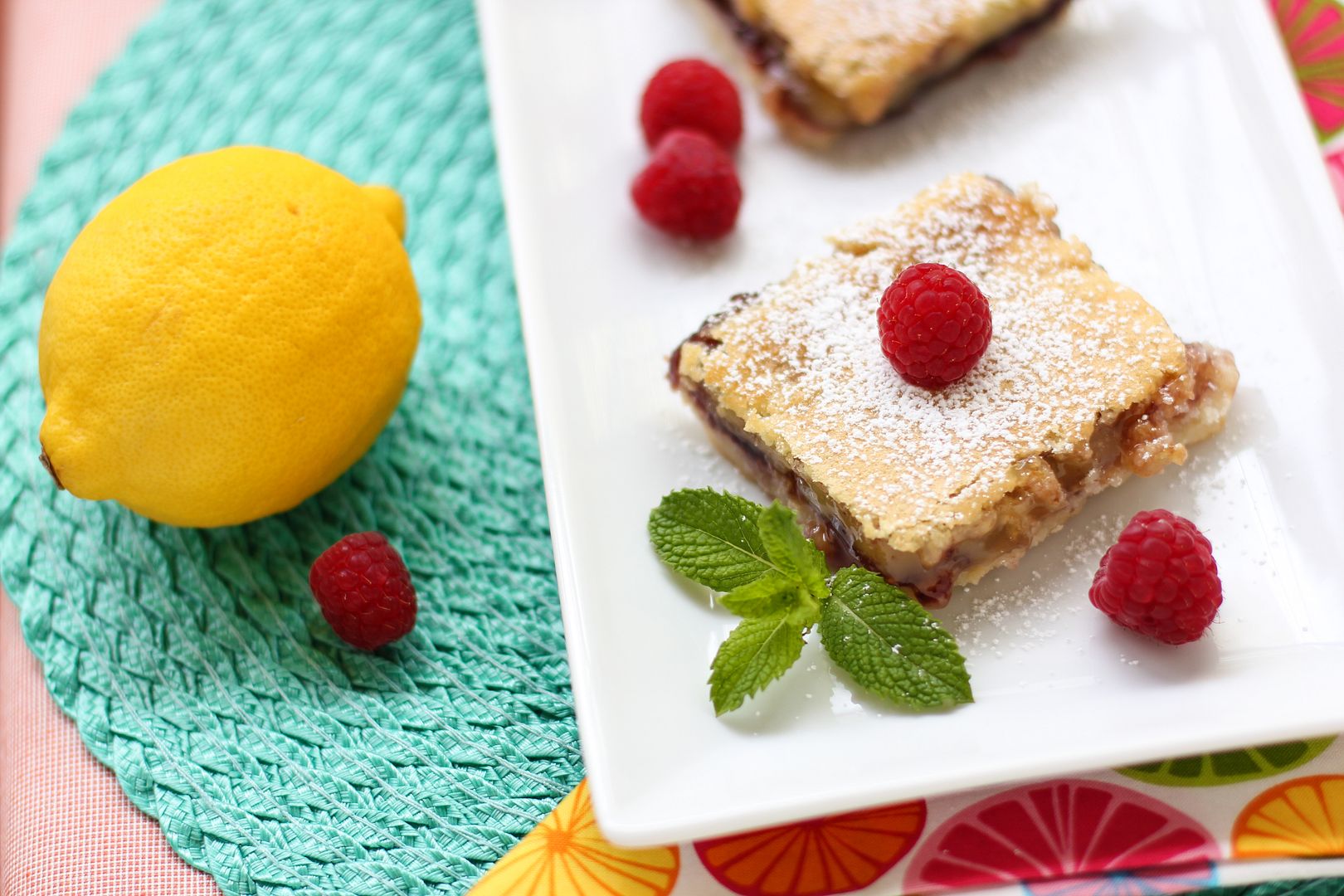
About halfway there, I noticed something lying in the middle of the sidewalk. As I approached the object, it started to look familiar. Too familiar. Unacceptably familiar. I stopped a few feet away and stared at it, aghast.
There, lying in the middle of the sidewalk of one of the busiest streets in Davidson, was a pair of my underwear.
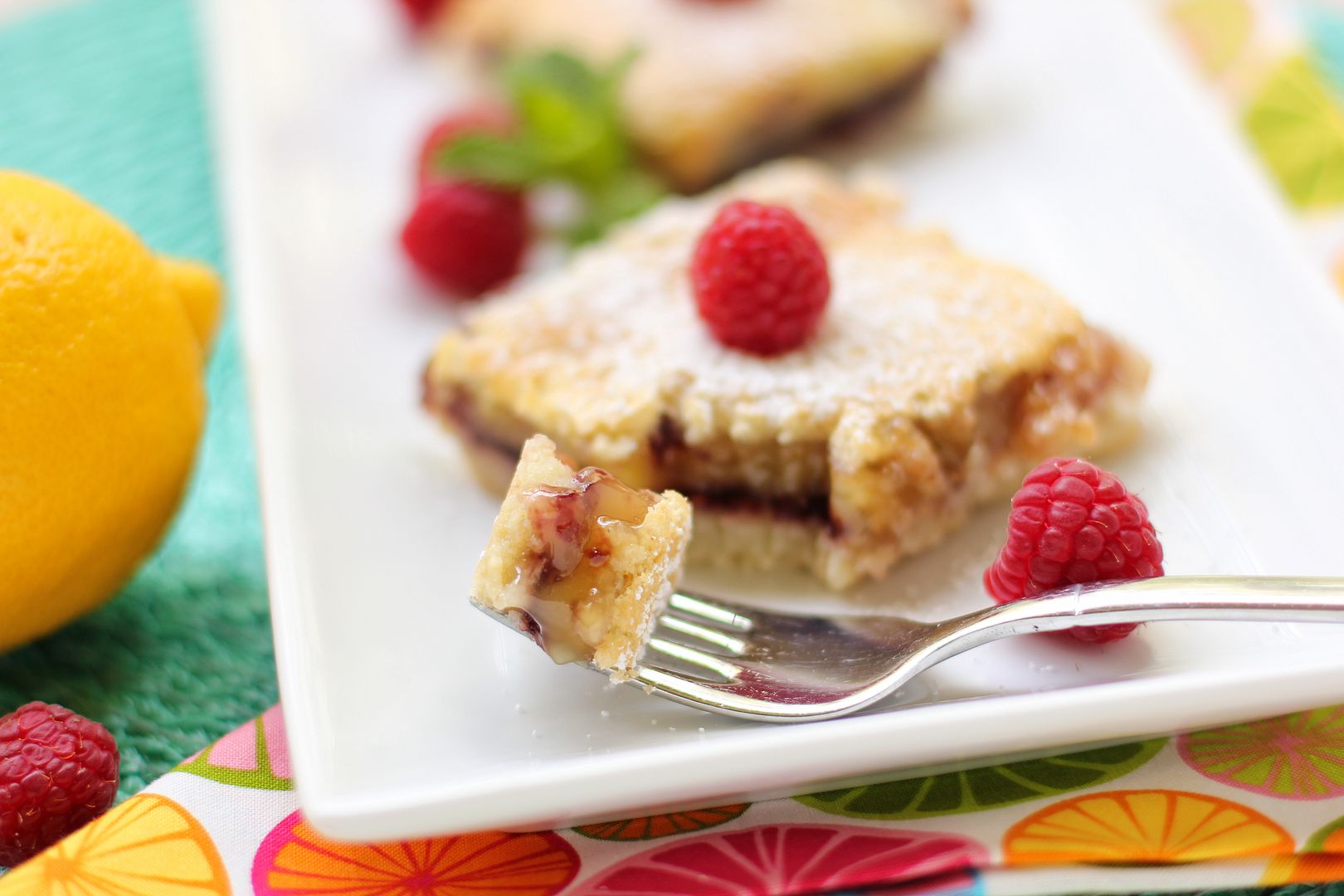
I know it’s traumatic. Just try to think of lemon raspberry squares.
My brain could not process the visual information it was receiving. Instead, it was cycling through myriad half-formed thoughts: Wha–? How in the world–?
I finally pieced together that my underwear must have been clinging to my jeans when I grabbed them out of the dryer. The fact that they fell off in the middle of the sidewalk was bad enough, but it was nothing compared to the realization that they might not have fallen off — that I might’ve worn them straight into class!
Just to make sure you have a clear picture in your brain, these were not my nice, normal underwear. They were my cute underwear, with little purple trim all over them. And they were lying about 100 feet from a college campus. This situation had no doubt been conjuring up images of drunken debauchery in passersby’s minds for the past hour while I’d sat in class, blissfully unaware.
And if there’s anything I was not, it was drunken, debauched, or scandalous in any way. I was as straight-laced as a new sneaker.

Standing there, staring at this pair of underwear on the sidewalk for way too long to seem inconspicuous, I tried to get a handle on my racing thoughts. However improbable, the idea that someone could link this undergarment to me and misunderstand how it arrived on the sidewalk made me flush with embarrassment.
Also, what was I supposed to do about this situation? I began to debate: could I possibly pick them up? They were some of my favorite underwear, after all. But if anyone saw me picking up a pair of underwear off the flippin’ street and taking them home, what would they think? Could I possibly leave them there? And let more people see them? And who would eventually have to pick them up?! I almost died.
After several minutes of standing with my mouth agape, I finally got myself together and rode home — without my wayward underwear. They were gone the next day and I don’t ever, ever want to know where they went or how they got there.

If you’re in need of even more fun after that humiliating tale, don’t worry. I have another distraction for you: Lemon Raspberry Squares. Think of your typical gorgeous, sweet-tart lemon squares on a buttery shortbread crust. Now mentally slather a layer of raspberry jam right down the middle. Now eat about 50 of them.
See? All better.
What’s your favorite way to get your mind off of troubles?
One year ago: Soft Sugar Cookies
Two years ago: Secret Garden Craft: Simple Luncheon Napkins
Lemon Raspberry Squares
Recipe by: Slightly adapted from Heather Christo Cooks
Yield: 12-15 bars
This is a dessert for folks who have a sweet-tooth! They’re sweet, buttery, tart, and downright delicious. They taste like sunshine.
Ingredients:
2 cups all-purpose flour
1 cup powdered sugar
1 cup cold butter, cut into small pieces
1/2 teaspoon salt
4 eggs
2 cups white sugar
1/3 cup flour
1/2 cup fresh lemon juice
raspberry jam (I think I used about a cup — just eyeball enough for a thin layer), room temperature
Directions:
Note: You want your jam at room temperature here because in regular lemon squares, the lemon mixture is poured onto a hot crust. If you pour it onto cold jam instead, it takes longer for the middle to cook (don’t ask me how I know this.) I think having the jam at room temperature will help the whole dish cook more evenly.
Preheat the oven to 350 degrees F and spray a 9 x 13-inch baking dish with cooking spray. You could also place parchment paper in the dish to form a sling if you’d rather — this will make the bars easier to remove.
Pulse the flour, powdered sugar, and salt together in a food processor to combine. Add the cold butter chunks and pulse about 10-12 times until you have the texture of coarse sand (you can also use a pastry cutter or two knives to accomplish this if you don’t have a food processor). Pour this mixture into the prepared dish and use a spatula or the bottom of a glass to press it down into an even layer. Bake it for about 15 minutes or until it’s lightly browned.
While it’s baking, stick a spoon in your jam so it’s ready to spread on quickly. In a medium bowl, whisk the eggs until fluffy before adding sugar while whisking constantly (if you stop whisking here, the sugar will “cook” the eggs, and you don’t want that!) Once the sugar and eggs are combined, add in the flour and the lemon juice, continuing to whisk. Spread the jam in a thin layer over the entire hot crust. Then pour the lemon mixture over the jam.
Stick the entire dish back into the oven and bake 15-25 minutes (this is such a wide range because the temperature of my jam might’ve made my baking time longer — it took my bars around 25 minutes to get pretty set.) Start checking at 15 minutes by giving the pan a little jiggle. The lemon mixture should be about set (slight jiggle only) and a light golden brown. If it starts to get too dark before it’s set, cover the pan with foil as it finishes baking.
When the bars are done, remove the dish to a cooling rack to cool completely before cutting (if you don’t cool them completely, I’m betting they’ll be runny, so be patient!) Use a sharp knife to cut the bars and serve them. You can sprinkle powdered sugar from a sifter over the top for decoration, but the bars are very sweet already, so go easy!
If you liked this post, please:
–Subscribe to Willow Bird Baking
–Follow Willow Bird Baking on Twitter
–Follow Willow Bird Baking on Facebook


